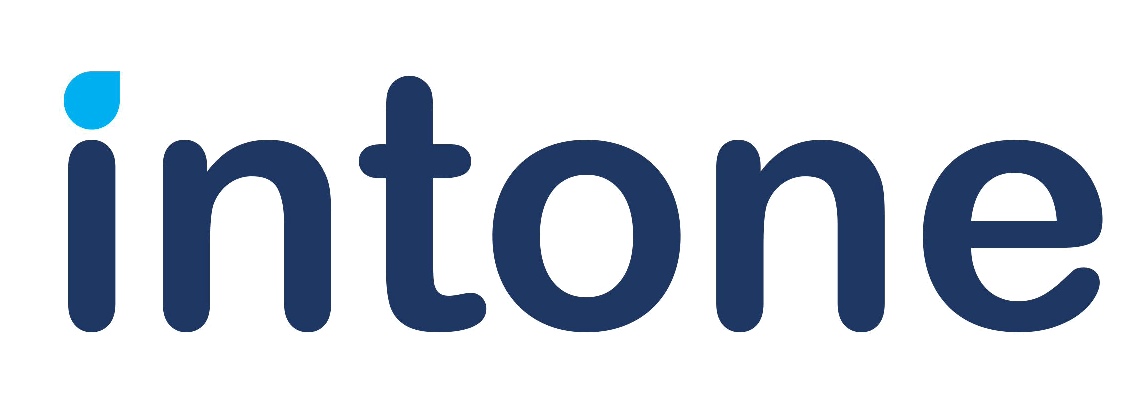Contents
In today’s digital era, where an increasing volume of data flows through organizational networks, the importance of a robust cybersecurity risk management framework cannot be overstated. For any business organization, having a data management service for client information security is paramount, and understanding the nuances of cybersecurity risk becomes even more essential.
Understanding Cybersecurity Risks
Types Of Cyber Threats And Attacks
Cyber threat intelligence is a pivotal aspect of cybersecurity, spotlighting advanced risks from ransomware to APTs. As cyberattacks harness both tech and human vulnerabilities, especially targeting data-rich entities, intelligence equips organizations to proactively fortify defenses, navigating the shifting digital terrain with foresight rather than retrospect.
Potential Impact Of Cyber Incidents On Organizations
A cyber attack’s repercussions extend beyond immediate damage, stalling operations, eroding hard-earned trust, and incurring severe financial penalties. The stakes intensify for a company as a breach jeopardizes not just their operations but also the sensitive data of their clients. Given these dire consequences, a robust cybersecurity risk management process is undeniable, serving as a protective shield for assets, reputation, and the future.
Key Elements of a Cybersecurity Risk Management Framework
Risk Identification
Risk identification is key to strong cybersecurity. It starts with recognizing valuable assets, and giving a clear view of the digital environment. By using cyber threat intelligence, organizations understand potential adversaries and their tactics. A proactive stance, including regular system scans, helps detect and fix vulnerabilities before they’re exploited.
Risk Assessment
Risk assessment is crucial in cybersecurity and includes different approaches. Quantitative assessments give monetary value to potential risks, highlighting financial impact. Qualitative evaluations categorize risks by severity and likelihood. By assessing damage magnitude and its likelihood, organizations can prioritize risks. This ensures the most severe and likely threats are tackled first, optimizing resources for protection.
Risk Mitigation Strategies
Risk mitigation involves various strategies based on an organization’s specific threats. While some risks are accepted due to low impact, others are avoided, transferred, or directly addressed. Using advanced solutions like robotic process automation supports continuous threat monitoring. Additionally, a structured incident response plan is crucial for quick and effective action during breaches.
Risk Monitoring and Review
Risk monitoring and review are continuous necessities for cybersecurity resilience. A strong internal control system aids in monitoring the shifting threat landscape. Regular risk assessment updates ensure the management plan stays current with today’s challenges. As technologies like data lineage and governance evolve, the framework must continually adapt to match the changing tech landscape and its threats.
Steps to Develop a Cybersecurity Risk Management Framework
Establishing Governance and Leadership
A strong framework begins with top-tier leadership. Establishing a dedicated leadership team ensures effective cybersecurity risk management. This team should possess both technical skills and a strategic vision for the organization’s cybersecurity efforts.
Defining Risk Appetite and Tolerance
Before starting risk management, determine the organization’s risk tolerance. This means understanding the acceptable risk level and potential impacts. Defining these limits ensures strategies align with business objectives and stakeholder expectations.
Identifying Critical Assets and Data\
In an organization’s digital realm, assets vary in value and vulnerability. Using tools like Data Lineage highlights data pathways across systems, aiding in prioritizing the protection of key assets based on their importance and susceptibility.
Conducting a Risk Assessment
A comprehensive risk assessment is the backbone of any risk management initiative. It’s essential to meticulously map out vulnerabilities, predict potential threat scenarios, and understand the potential repercussions of different risk events.
Selecting Appropriate Risk Mitigation Strategies
Cybersecurity provides various tools and strategies, from robotic process automation to advanced security tools against complex threats. The goal is to choose measures that match the organization’s threat environment and risk tolerance.
Implementing the Framework and Controls
Implementation is where theory meets practice. Integrating the framework into daily operations is vital. Continual control monitoring ensures safeguards are effective and adjusts to new threats.
Continuous Monitoring and Improvement
Cybersecurity is ever-changing. As threats persistently evolve, an organization’s risk management framework needs to be equally adaptable. By fostering a culture of continuous improvement, supported by real-time monitoring and frequent assessments, the framework stays resilient and nimble in the face of the constantly changing threat landscape.
Why Choose Intone?
In the world of data solutions, a proactive approach to cybersecurity risk management is not just desirable, but imperative. By integrating elements such as robotic process automation, continuous control monitoring, and a solid internal control system, companies can fortify their defenses against cyber threats. A well-structured cybersecurity risk management framework ensures that businesses are not just reactive but are strategically positioned to anticipate, address, and evolve in the face of cyber challenges. Intone Gladius is a tool that allows you to customize your controls and monitor alerts in ways that most security tools cannot offer. Benefits of using Gladius include:
- Equips you to custom-craft your security controls.
- Monitors endpoints, databases, servers, networks, and data security in real-time from a single platform.
- Reduces costs by achieving and proving your compliance faster and with less effort.
- Comes with a centralized IT compliance platform that helps you overcome redundancy between control frameworks, such as SOC, NIST, IASME, COBIT, COSO, TC CYBER, CISQ, FedRAMP, FISMA, and SCAP.
Contact us to learn more about how we can help you!

